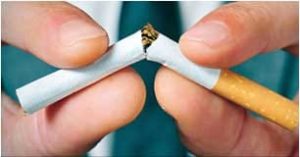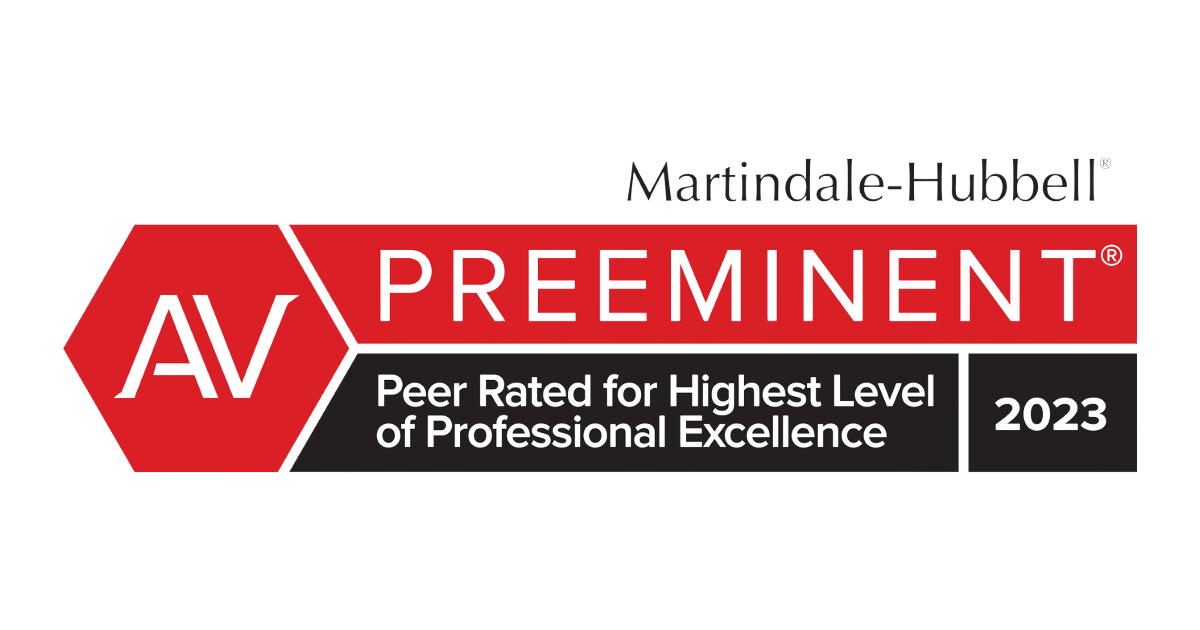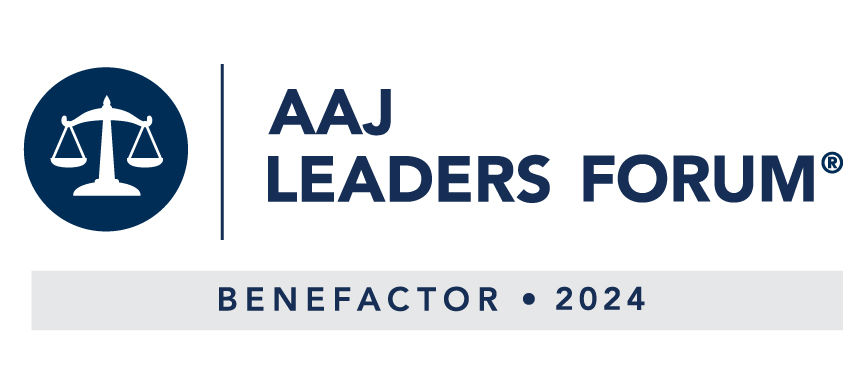El humo de segunda mano causa cáncer de pulmón
¿Qué es el humo de segunda mano?
Known as environmental tobacco smoke, secondhand smoke is a mixture of the smoke exhaled by smokers (mainstream smoke) as well as the fumes given off by cigarettes, cigars, and pipes (side stream smoke). Composed of over 3,000 chemicals, secondhand smoke contains more than 250 known toxins and more than 50 carcinogens ( Secondhand Smoke Fact Sheet – CDC). Nicotine, carbon monoxide, and other cigarette tar ingredients are among the substances in secondhand smoke that have been linked to lung cancer.

Los peligros del humo de segunda mano
In 1992, an EPA report classified secondhand smoke as a carcinogen. Nine years later, the International Agency for Research on Cancer ( IARC) reached the same conclusion on secondhand smoke’s dangers. The National Institute of Health specifically links secondhand smoke to lung cancer ( Health Effects of Exposure to Environmental Tobacco Smoke), and even brief exposure to secondhand smoke has immediate adverse effects on the cardiovascular system, increasing the risk of heart disease and lung cancer.
“Los efectos en la salud de la exposición al humo de segunda mano son más generalizados de lo que pensábamos anteriormente”, dijo el ex Cirujano General Richard Carmona (comunicado de prensa, 27 de junio de 2006). “La evidencia científica ahora es indiscutible: el humo de segunda mano no es una mera molestia. Es un peligro grave para la salud que puede provocar enfermedades y muerte prematura en niños y adultos que no fuman”.
El humo de segunda mano puede causar cáncer de pulmón y enfermedades cardíacas
Among adults in the U.S., over 3,000 lung cancer deaths and 35,000 deaths from heart disease occur each year due to secondhand smoke, according to the National Cancer Institute ( NCI). Nonsmokers exposed to secondhand smoke increase their chances of developing heart disease by 25% to 30%.
In addition to its impact on heart disease, secondhand smoke can greatly increase the risk of developing lung cancer. According to studies by the Surgeon General, nonsmokers exposed to secondhand smoke had an increased lung cancer risk of 20%–30% when living with a smoker. The dangers of secondhand smoke are not limited to the home, as the cancer risk extends to all secondhand smoke exposure, regardless of the exposure location. (See Cancer Among Adults from Exposure to Secondhand Smoke).
Efectos del humo de segunda mano en los niños
In the United States, secondhand smoke is responsible for more than 300,000 annual cases of bronchitis and pneumonia in children under 18 months old, according to the Environmental Protection Agency. It causes and aggravates childhood asthma, has been linked to Sudden Infant Death Syndrome ( SIDS), respiratory problems, and ear infections. Because their bodies are still growing, children and infants are especially vulnerable to secondhand smoke.
La exposición infantil al humo del tabaco también contribuye a los problemas del sistema nervioso y a las enfermedades del corazón en la edad adulta. El humo de segunda mano es una “amenaza real y sustancial para la salud infantil, que causa muerte y sufrimiento en todo el mundo”, según la Organización Mundial de la Salud.
La industria tabacalera intentó influir en los informes de los medios sobre el humo de segunda mano
Tobacco industry documents reveal how cigarette manufacturers have tried and succeeded in influencing media reports about secondhand smoke ( Prev Med. 2004 Sep; 39(3): 568–80). According to internal documents, the companies recruited teams of journalists to write news articles that undermined the Environmental Protection Agency’s warnings about secondhand smoke and supported the tobacco industry’s position.
Working on behalf of Philip Morris, a public relations firm suggested building doubt about an Environmental Protection Agency ( EPA) report on secondhand smoke. Besides concentrating on “one–on–one opportunities with journalists,” the firm recommended “carefully tailored, authored, placed pieces” questioning the competence of the EPA.
Más información sobre el humo de segunda mano
La educación es el primer paso para limitar los riesgos para la salud asociados con el humo de segunda mano. Con la información contradictoria impulsada por la industria tabacalera, las fuentes de información fáctica que describen los riesgos para la salud del humo de segunda mano son aún más importantes para la seguridad y la salud públicas. Los siguientes recursos han sido seleccionados para ayudar a educar al público en general sobre los peligros que representa el humo de segunda mano.









